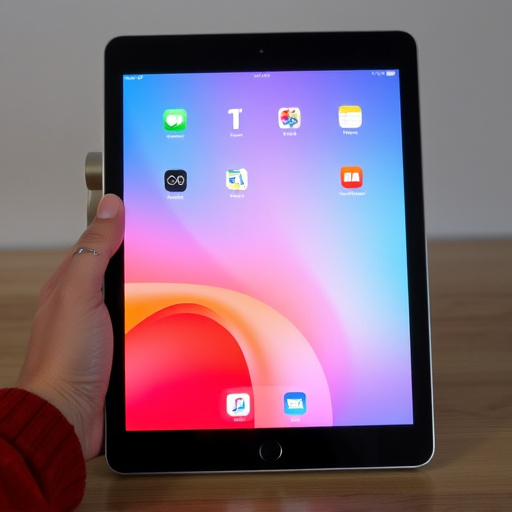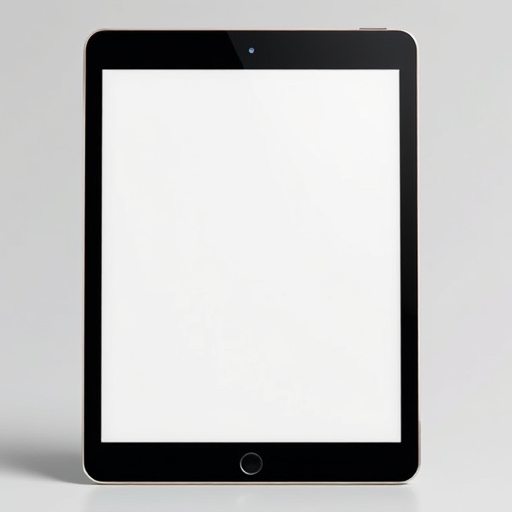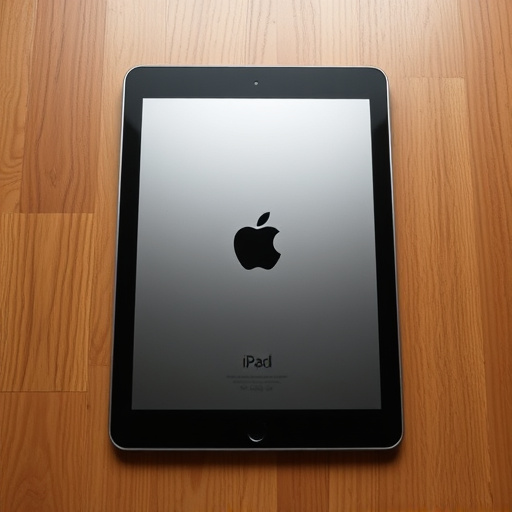Unusual charging times, unpredictable shutdowns, and rapid battery drain are early signs of iPad battery health issues. Age-related battery degradation leads to reduced capacity, impacting performance and lifespan. Swelling or physical damage require immediate attention for safety. Frequent charging needs and slower performance indicate overall device aging. Battery replacement is crucial for sustained functionality and compatibility with software updates.
Is your device taking forever to charge, or do you find it suddenly dying at unexpected moments? These could be signs that your battery needs attention. Even if your iPad seems functional, a declining battery health can significantly impact its performance. Over time, batteries wear out and require replacement, especially when they become slow chargers or exhibit short battery life. If you notice swelling or physical damage, safety should be your top priority. Age-related issues and incompatibility with newer software also signal it’s time to consider replacing your iPad’s battery.
- Slow Charging: A Red Flag for Battery Health
- Unpredictable Power: When Your Device Dies Randomly
- Short Battery Life: Needs Replacement Soonest
- Swelling or Physical Damage: Safety First
- Age-Related Performance: Time for an Upgrade
- Incompatible with Newer Software: Time to Retire?
Slow Charging: A Red Flag for Battery Health

If your device is taking an unusually long time to charge, it could be a sign that your battery is in need of attention. Slow charging is often an early indicator of battery health issues and should not be ignored, especially for devices like the iPad. As batteries age, their capacity decreases, leading to longer charging times. This is because the battery’s ability to hold a charge reduces over time, requiring more energy to power up your device.
When you notice that your iPad charges slowly compared to its initial performance, it might be time to consider replacing its battery. Ignoring this red flag could result in further damage and reduced overall device lifespan. Regularly monitoring charging speeds can help you stay proactive about your iPad’s maintenance and ensure a smoother user experience.
Unpredictable Power: When Your Device Dies Randomly

If your device, say an iPad, suddenly cuts out or shuts down unexpectedly while you’re using it, it could be a sign that its battery is failing. Unpredictable power issues, like random shutdowns or frequent crashes when running certain apps, are often symptoms of a battery in need of replacement. This is because a healthy battery ensures stable power supply to keep your device operating smoothly.
When the battery’s health deteriorates, it may not be able to hold a charge consistently, leading to erratic behavior. If you find yourself frequently forgetting that your iPad needs charging or are caught off guard by a dead screen, these could be clear indications that it’s time to consider replacing your device’s battery.
Short Battery Life: Needs Replacement Soonest

If your iPad is constantly running out of juice after just a few hours of regular use, it could be a clear indication that your device’s battery needs attention. Battery life is one of the most critical factors in determining the overall health and longevity of your iPad. When you notice that your iPad’s battery isn’t holding a charge as effectively as it used to, it might be time to consider a replacement.
Over time, lithium-ion batteries, commonly found in iPads, degrade naturally due to various factors like age, usage patterns, and charging habits. As the battery ages, its capacity decreases, leading to reduced battery life. If your iPad is showing signs of rapid battery drain even when you’re not using resource-intensive apps or functions, it’s a strong signal that a new battery could significantly improve its performance and extend its lifespan.
Swelling or Physical Damage: Safety First

If your device, such as an iPad, shows signs of swelling or physical damage, it’s crucial to address these issues promptly for safety reasons. Swelling could indicate a faulty battery that needs immediate attention. Never ignore unusual bulges or distortions in the device’s casing, as they may signal a potential fire hazard or further damage.
Physical harm, like cracks on the screen or water exposure, can also compromise the device’s integrity and performance. In such cases, consider whether it’s time for a replacement battery or even a full device replacement to ensure your safety and protect your investment. Remember, when dealing with any potential issues, prioritize your well-being and consult professionals for guidance on whether to repair or replace.
Age-Related Performance: Time for an Upgrade

As your iPad ages, its performance may start to decline, and one of the most noticeable signs is a decreased battery life. This isn’t just about using more apps or having a larger screen; it’s a physical indication that certain components, notably the battery, are wearing out. Over time, the battery’s capacity reduces, leading to frequent charging needs and shorter periods of usage before needing a refill.
If you find yourself constantly plugging in your iPad or relying on external power banks just to get through the day, it might be time to consider replacing your device, specifically the battery. Age-related performance issues are not just limited to batteries; other components like processors and screens may also lose efficiency, making an upgrade necessary for a smoother user experience.
Incompatible with Newer Software: Time to Retire?

If your device, especially an iPad, can’t keep up with the latest software updates, it might be a sign that its battery is reaching the end of its lifespan. Newer software versions require faster processors and more memory to run smoothly, and if your iPad is struggling to handle these updates, it could be due to a worn-out battery. Over time, lithium-ion batteries lose their capacity to hold a charge efficiently, leading to reduced performance.
When you notice that your iPad frequently slows down or turns off unexpectedly during regular use, especially when running resource-intensive apps or after updating to new software, it could be an indication that replacing the battery is necessary. At this point, considering a replace iPad battery service might be the best course of action to ensure your device remains functional and compatible with the latest software advancements.
If your device is exhibiting slow charging, unpredictable power outages, significantly reduced battery life, signs of physical damage, or struggles to support newer software, it may be time to consider replacing your battery. Regularly monitoring these signs can help you proactively decide when it’s best to replace your iPad or other electronic devices, ensuring optimal performance and longevity. Don’t wait until it’s too late—take action now to extend the life of your beloved tech companion.
